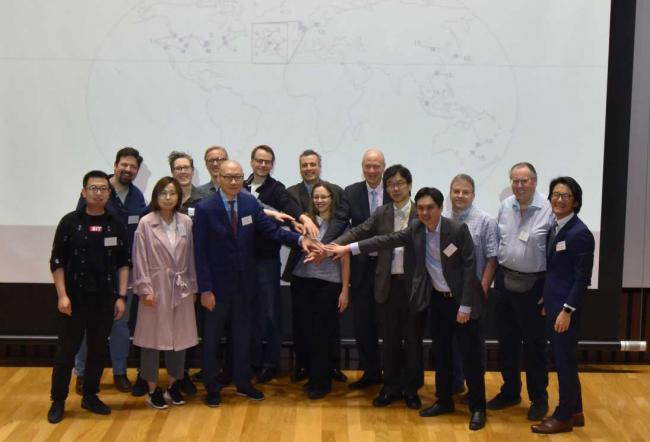I see this as a process of co-creation, a true partnership.
Industry has a good understanding of potential solutions or products that can meet market demand and provide solutions to societal challenges. In many cases, industry alone doesn't have the necessary resources to achieve these goals, and therefore private companies seek to partner with other organisations which have complementary expertise or resources, either another private organisation, or an academic institution.
In the process of co-creation each party sets future goals and provides resources to achieve these goals, and creates something of great value. When this works well, the results can be truly transformational.
As Abel Ureta-Vidal, CEO of Eagle Genomics, said in a recent panel discussion: “Discoveries are impossible in isolation. The complementarity and synergy between public and proprietary data is what accelerates the development of new products, be it new medicines, new cosmetic products, or new functional foods.
“Only when the flow of data is truly open and seamless does real innovation happen, and nowhere more than at the intersection of academia and industry.”











